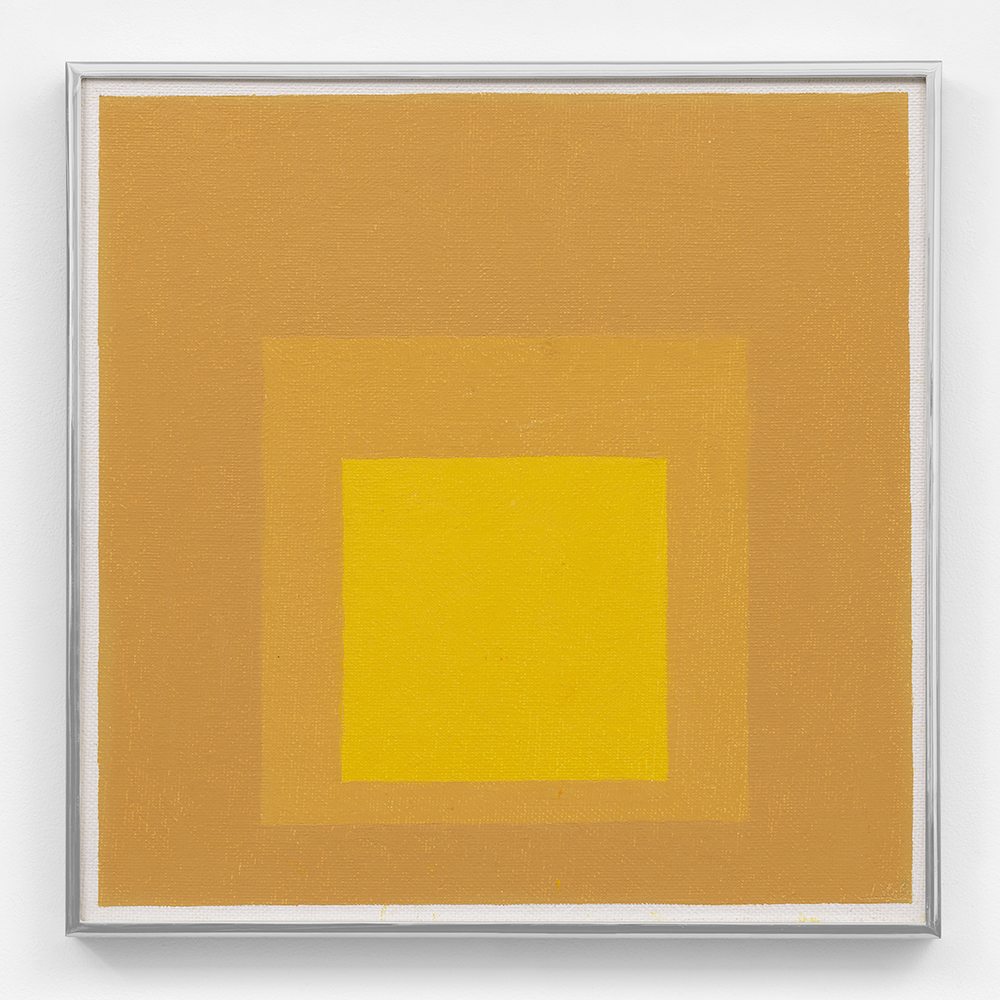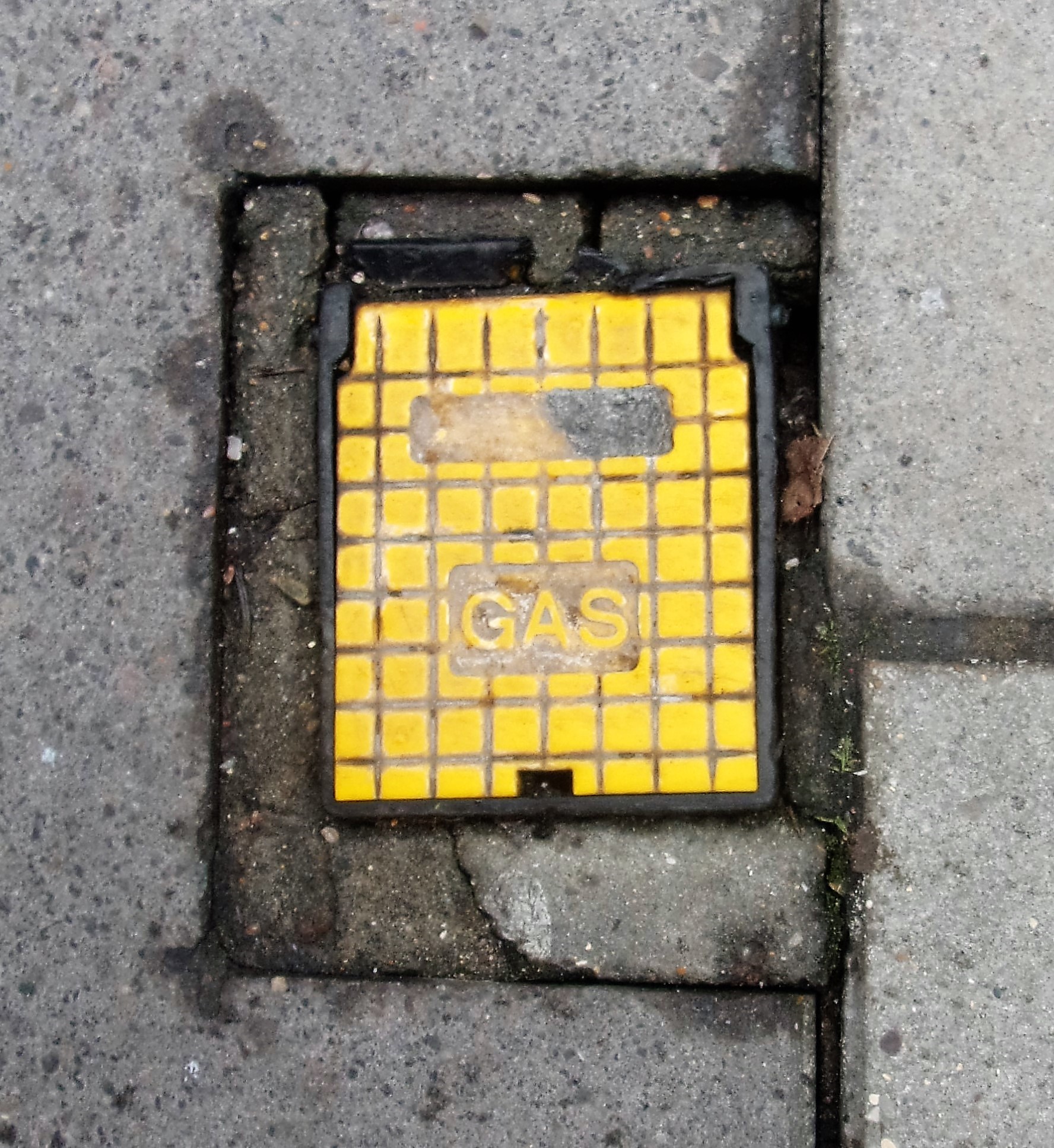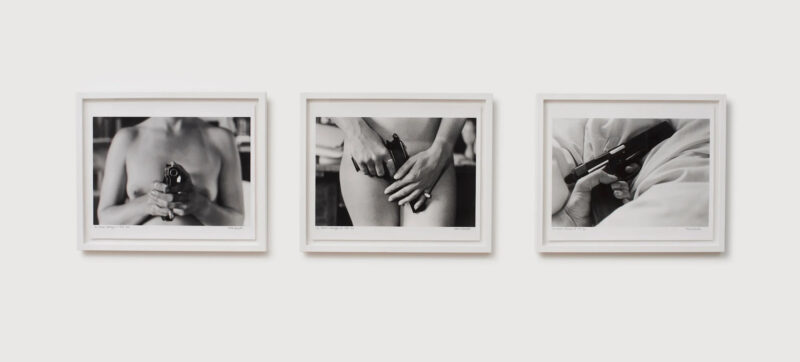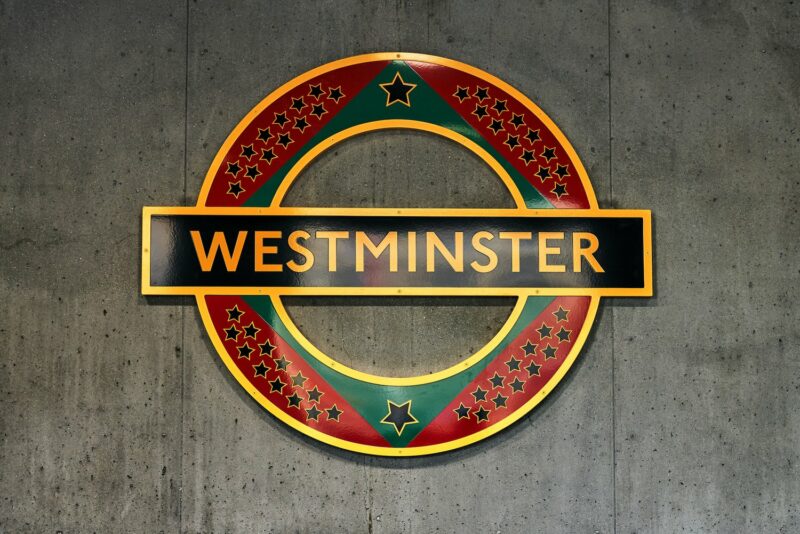
Josef Albers: ‘Study for Homage to the Square [Autumn Scent]’, 1966 – Oil on Masonite, 41.3 x 41.3 cm)
It’s easy to be blasé about Albers’ Homage to a Square series, which occupied him pretty much exclusively from 1950-76. Yes, they’re canonical, but we know what to expect: three or four nested squares in multiple colour variations within a narrow band of visible white ground. In isolation – as they’re often seen – they can look like just ‘another one of those’ to walk past. But you’re forced to look more closely by a show of forty predominantly yellow works and studies (Josef Albers: ‘Sunny Side Up’ at David Zwirner to 10th March, all sourced from the Josef and Anni Albers Foundation). Different palettes create different climates, according to Albers, and Zwirner-goers in New York get the bleaker weather of his grey and black works, whereas in London ‘all is sweet / on the sunny side of the street’. That although Albers’ basic method is rather clinical and cold: unmixed colours (he was a fanatical purchaser of paint) squeezed straight from the tube onto Masonite. Yet the variations in scale are impactful – the four foot square example here is the biggest I’ve seen – as is the demonstration of how different dynamics can come out of a relatively narrow colour range. That includes shifts in the dominant spatial perception: do we read the squares as flat, or as a tunnel ahead, or as the aerial view of a stack? It’s often said that one test of art’s impact is whether you see the world differently afterwards: it’s a rather trivial example, but within twenty yards of leaving the show, the pavement didn’t look as it did before…

The pavement on Grafton Street near David Zwirner
Most days art Critic Paul Carey-Kent spends hours on the train, traveling between his home in Southampton and his day job in London. Could he, we asked, jot down whatever came into his head?







